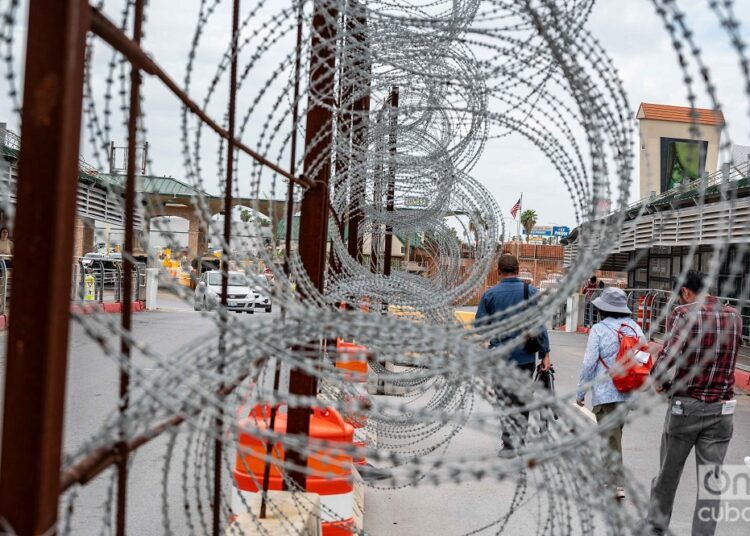According to demographic data recently published on the website of the United States Customs and Border Protection (CBP), in the current fiscal year — October 1, 2023-September 30, 2024 — 1,925,773 encounters between migrants and the Border Patrol were recorded on the southern U.S. border until July.
These are citizens of more than 80 countries, among which the most frequent ones — in descending order — are Mexico, Venezuela, Guatemala, Honduras, and El Salvador. Cuba, with more than 131,612 of its citizens detained for crossing illegally, is at the bottom of the ranking. However, it is not a negligible number at all.
If the trend continues, the final figure for the remainder of the fiscal year is likely to be below the 2.4 million recorded last year.
However, alarm bells are ringing because it is an election year in the United States. Especially when the Republican presidential candidate, Donald Trump, has resumed his traditional anti-immigrant offensive.

A month ago, at the Republican National Convention, the former president stated, without any evidence, that immigrants come from prisons, they come from jails, they come from mental institutions and asylums and that the terrorists (sic) are arriving in numbers never seen before.
CNN’s fact-checking team debunked these falsehoods one by one with interviews with experts and concrete figures. Even so, Trump’s incriminating and xenophobic rhetoric has generated concern in some sectors, due to the consequences it could have.
The International Federation for Human Rights (FIDH) has warned about these xenophobic speeches. In a report by the institution, created in 1922 and which brings together 155 human rights organizations in nearly 100 countries, it points out that these descriptions express “a tendency to criminalize immigration, making migrants who enter a national territory without having all the administrative papers in order look like ‘criminals.’ This is frequently accompanied by an amalgamation between undocumented migrants and terrorists. This evolution has serious consequences because it favors the legitimization of more repressive measures in the name of national security, diverting attention from the violations of the fundamental human rights of this population.”
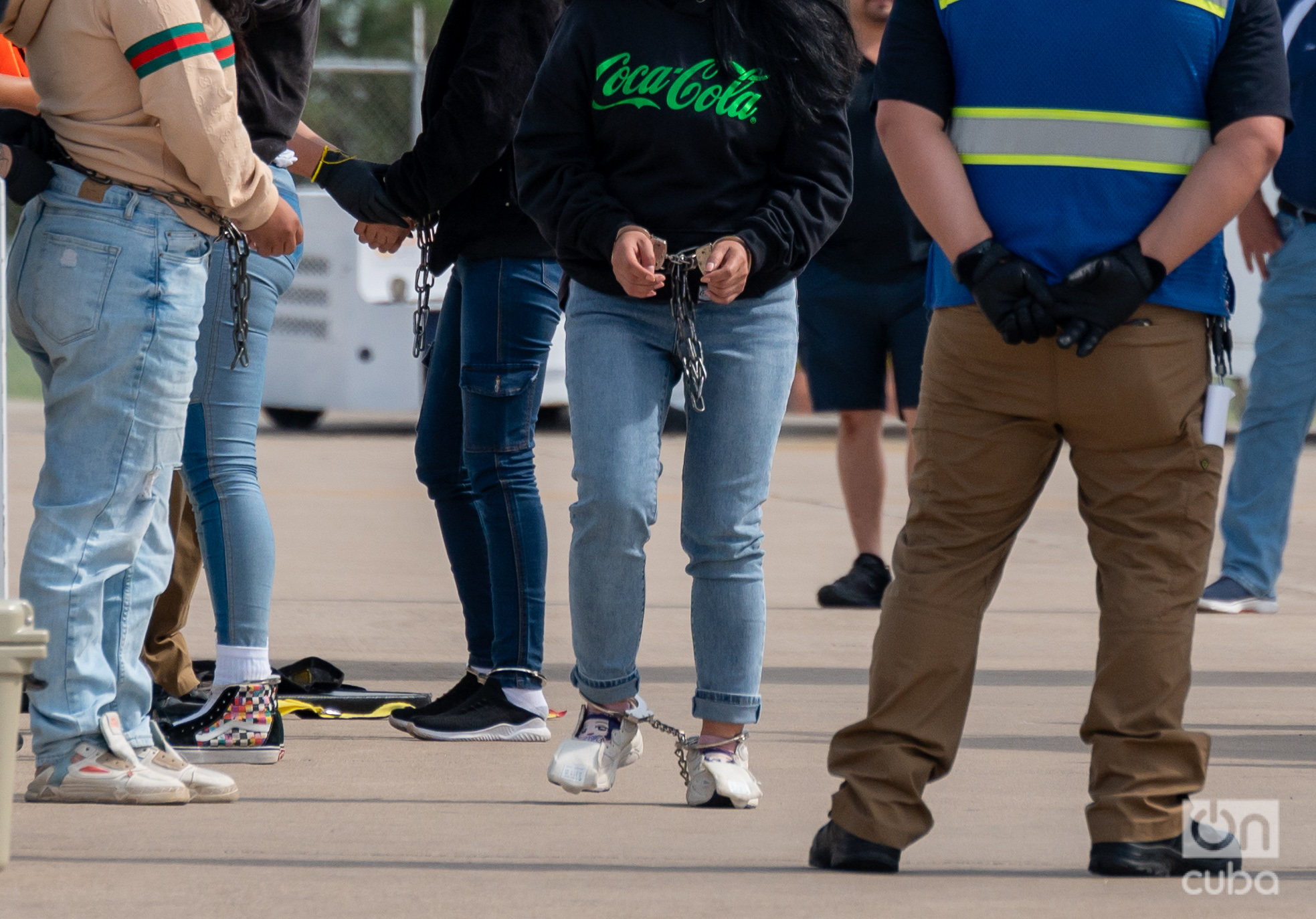
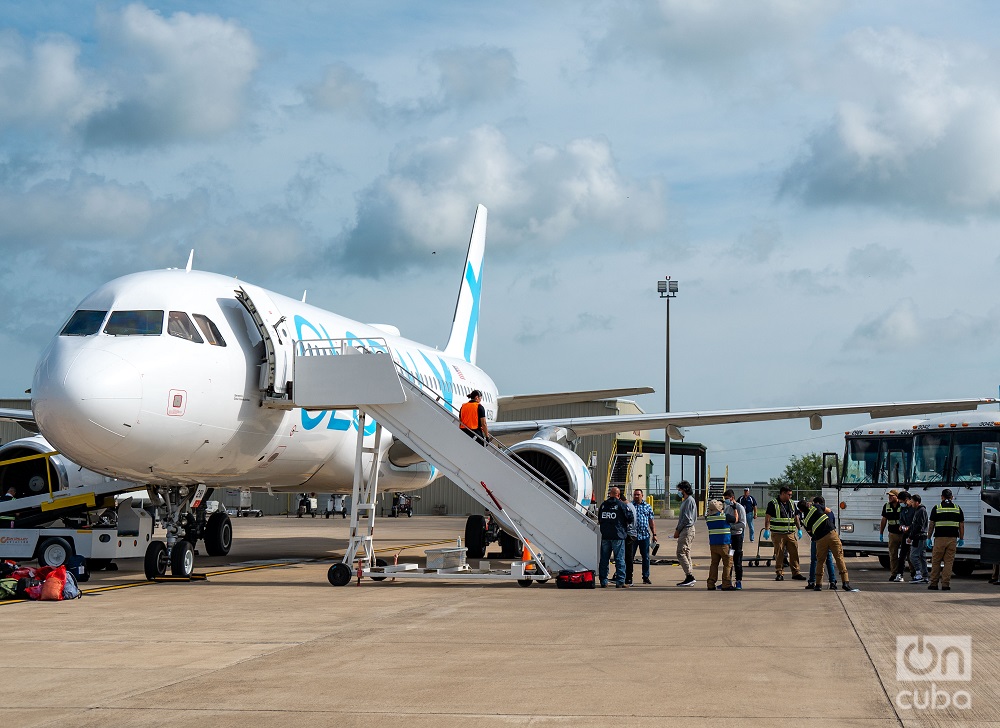
Arrests at the border have been reduced by about half compared to the historical maximum of 250,000 registered in December 2023. The current decrease is attributed, in part, to a controversial executive order signed by Biden on June 4.
The measure establishes that migrants who cross the border illegally will not be eligible to request asylum, with exceptions: minors traveling alone, victims of trafficking, and people with medical emergencies. In addition, detainees are subject to express deportation and can only be interviewed by an asylum officer if they demonstrate what is called “credible fear” of returning to their country of origin. The regulation will only be revoked if the daily average of apprehensions falls to 1,500 for a period of 14 consecutive days. For now, the figure has only been touched; therefore, the rule is in force.
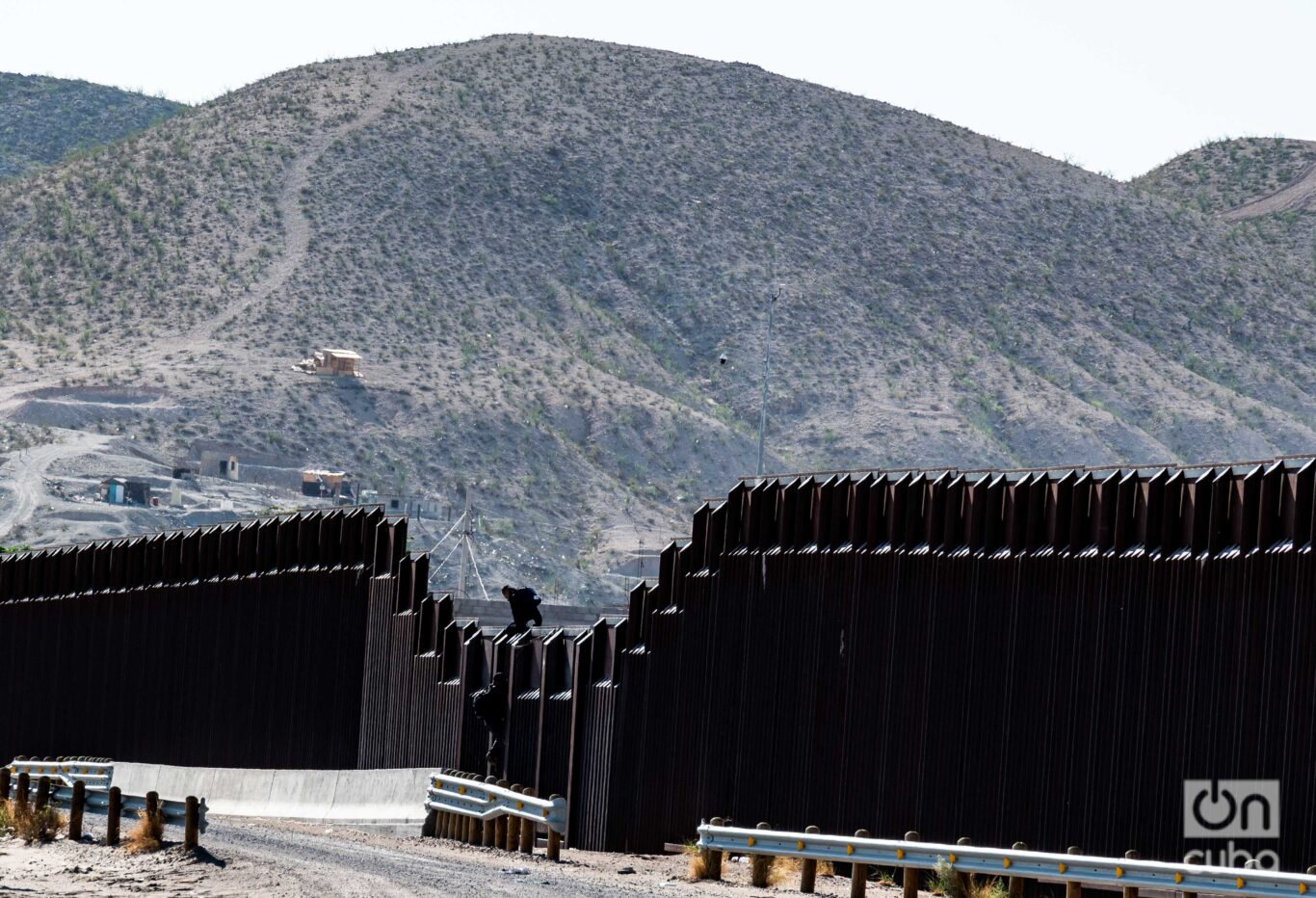
The tightening of immigration measures to deter illegal border crossings began in May 2023 with the implementation of Title 8, an immigration regulation that replaced the previous Title 42; the latter was established as a “public health policy” during the COVID-19 pandemic.
Title 8 represented a significant shift in the U.S. border control’s approach, giving the Department of Homeland Security (DHS) the ability to process and expel those who crossed the border illegally quickly.
According to DHS, a person expelled under this policy faces a ban on admission to the United States for at least five years. In addition, any subsequent attempt to enter the country illegally could result in criminal prosecution.

Another factor that could explain the decrease in irregular entries is the growing use of the CBP One mobile application, launched by Customs and Border Protection in 2023. This free tool is available to migrants in central and northern Mexico and represents a crucial initial step for those seeking to apply for asylum in the United States.
Although CBP One does not guarantee immigration status, it allows users to schedule appointments to appear at border ports of entry directly. With the appointment scheduled, migrants can wait at a location far from the border and only travel to appear at a port of entry on the indicated date.

Currently, only eight bridges are enabled to process CBP One applications: Nogales, Brownsville, Eagle Pass, Hidalgo, El Paso, Calexico, and San Ysidro. Between them, they handle about 1,500 appointments daily. Arriving migrants are evaluated and processed, which includes a biometric and biographical security check, as well as a background check. After this review, based on the analysis of each case, they can be considered for a humanitarian permit (parole) of up to two years to continue the process under Title 8 of the Immigration and Nationality Act. During this waiting period, they are given a work permit, which allows them to settle down and look for work while they move forward with their process.
Despite this, as the November presidential elections approach, the possibility arises of a new wave of migration to the southwestern border of the country. With the possible reelection of figures who have maintained restrictive policies, such as Donald Trump, anxiety grows among migrant communities. Mario D’Agostino, deputy municipal director of Public Safety and Health in El Paso, foresees an increase in the flow of migrants. “It is very likely,” he says.
“Historically, there has been a peak of migrants during an electoral period or change of government,” said D’Agostino. “More than scaring us, we must always be prepared. It is something specific to this area, not a contingency,” he added.

D’Agostino reflected that, although the United States government has the infrastructure to discourage immigration, “what we have learned is that, despite everything, they keep coming. Even with death and the separation of families, people keep crossing.”
He gave as an example the avalanche of migrants between 2018 and 2019, despite the drastic measures implemented by the Trump administration. During that period, even under threats of criminal prosecution and family separation, thousands crossed the border in search of asylum.
D’Agostino, who has a favorable view on orderly migration, suggests that Trump’s campaign speech, which includes promises to expel immigrants, should not be a cause for panic, since he does not believe there will be permanent changes. “We anticipate a wave of migration close to the election season, but outside of that, with the change of administrations, we do not expect significant changes,” he stated categorically.

On the other hand, a few days ago a new measure was announced by the government that could be a breeding ground for the wave of migration predicted in the coming months: the temporary suspension of the humanitarian parole program.
The news has generated uncertainty among migrants from Cuba, Haiti, Nicaragua and Venezuela, who depend on the program that allows legal entry into the United States of up to 30,000 people per month. For example, the most recent records indicate that the number of approved Cubans reached 110.000.
The decision to halt travel permits came after a report revealed high levels of fraud, especially in sponsor applications. Although the measure is temporary, it could lead some to decide to take the irregular route, as many migrants find themselves in limbo, with expectations and plans frustrated.
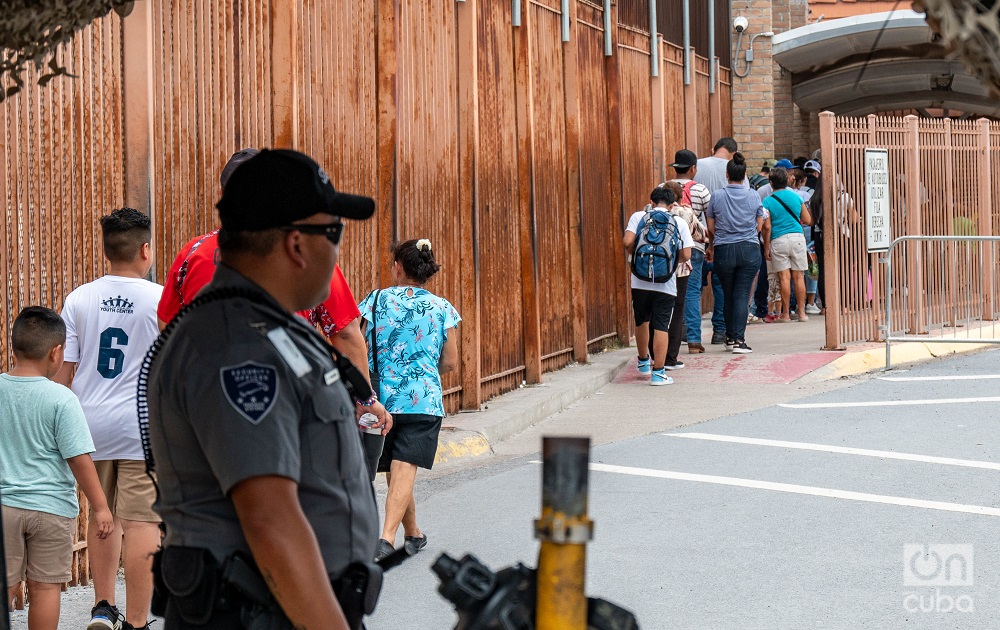
What may come
An analysis of Harris’s work on immigration, according to PBS, reveals a more nuanced record than that presented by her critics or allies and at the same time offers a perspective on how the presidential candidate could address “one of the country’s most disconcerting concerns.”
According to authorities cited by PBS, in March 2021 the vice president was tasked with addressing the “root causes” of migration from what the United States calls the Northern Triangle (El Salvador, Honduras and Guatemala) and finding a way to work with its leaders and with Mexico to enforce laws regulating migration in countries of origin.
Kamala Harris’s campaign began airing a television ad days ago in which she promises that, as president, she would “hire thousands more border agents and crack down on fentanyl and human trafficking.” November will be the final word.

Read the first two installments of the series:

